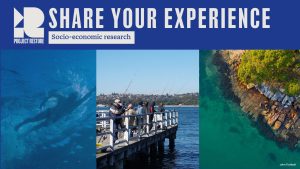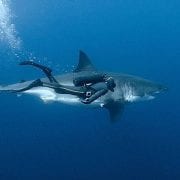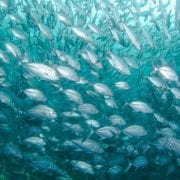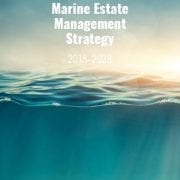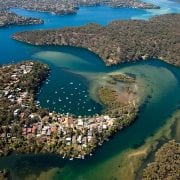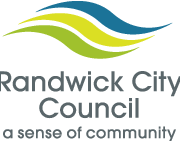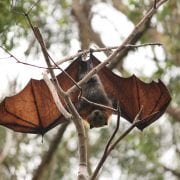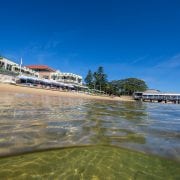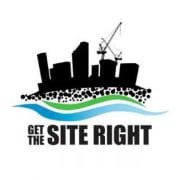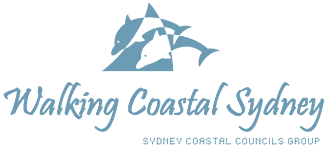SIMS Project Restore Socio-economic Survey
Project Restore, led by the Sydney Institute of Marine Science (SIMS) is a significant multi-habitat restoration project taking place right here in Sydney Harbour! Read more about the project here.
The team at SIMS are interested in the social and economic benefits which may come from this restoration project. To understand this they are surveying locals, visitors and businesses about their experience of using and visiting locations around Sydney Harbour. The locations listed in the survey are specific to our Project Restore restoration sites.
We know Sydney Harbour is an incredibly diverse playground – whether you’re swimming, kayaking, boating, commuting or diving, tell us about your experience!
Fill in the survey here and share how you enjoy and interact with the harbour!

